 |
| The problem of Susan. |
It’s September 15th, 2012. Ne-Yo is at number one with “Let Me Love You,” with Pink, Public Enemy, and Fun also charting. In news, an attack on the American embassy in Libya results in the death of the US Ambassador, among others. Andy Murray wins the US Open. Also, I turn thirty. How ghastly.
While on television, A Town Called Mercy. It is easy to find fault with this story. This does not, however, make it any less worth doing. First and most simply is, of course, Susan, the trans mare. This marks the second time Toby Whithouse has completely fucked up trans representation (the first being his gobsmackingly transphobic bit of dialogue for Jack in Greeks Bearing Gifts over on Torchwood). One can certainly argue that Susan was not actually trans, and indeed, I am forced to do so, but let’s be clear that I am doing so only because the alternative is to have the Doctor misgendering someone, and no. One might argue that the intent was good, although I think you run aground pretty quickly when you realize that thus far all trans representation on Doctor Who has been for the purpose of jokes, which is actually pretty much the opposite of good intentions no matter how much you state it. It’s past fucking time we have a trans character on Doctor Who, played sincerely and sympathetically. Ugh.
Moving on, then, we get to more substantive issues. When looking at the allocation of episodes in this mini-season, the Moffat bookends seemed likely to be good, the Chibnall episodes seemed solidly unpromising, and then you had Toby Whithouse in the middle. Whithouse is an interesting writer - his three previous stories were good. His Torchwood script was at least well-crafted, which is one of the nicest sentences you can write that begin with the words “his Torchwood script.” Being Human is fabulous. He’s probably one of the more interesting possibilities for next showrunner, in that he’s got the basic ability to write in a bunch of different tones and to change things up within an episode. He can do scary, tragic, and funny in the same forty-five minutes, he’s got experience on big dramas. I’m really interested to see The Game when it drops, which, curiously, seems like it will be in the US before the UK. And so this looked quite promising.
But with A Town Called Mercy we see one of his basic virtues as a Doctor Who writer turn unexpectedly to vice. One of the things Whithouse has always been very good at is what we might call high-theme writing - the sort of thing that, in Doctor Who, came out of Paul Cornell’s early 90s embrace of Neil Gaiman’s “tell don’t show” approach, where you make sure whatever big statement about Doctor Who you want to make is actually delivered, as dialogue, within the text. This has been characteristic of the new series, and is actively reinforced with the famed “tone meetings” in which all the different departments are put on the same page about what the story is doing and then turned loose to contribute actively to the storytelling. Doctor Who’s embrace of a pop music structure, with each episode excitedly shouting “here’s what we’re doing this week!” is perfect for high-theme approaches. And Whithouse is very, very good at this. His episodes know what they’re about, and say so.
With The God Complex, this was already starting to feel slightly out of step with what the program was doing, but that was covered for by Nick Hurran’s superlative direction. But by this point in the program we’ve very much moved past that. It’s in a large sense what the “the Doctor has deleted himself from every database in the universe” plot point is about. It’s not that the Doctor has gotten too big, but rather that the degree to which he is a known quantity diminishes him. The idea that you can look the Doctor up and get an explanation or, as Dinosaurs on a Spaceship proposed and rejected, a price suggests that the Doctor is a singular and known quantity. But starting with Season Seven, and kicking into overdrive thereafter, the series begins to move away from that.
Instead it starts… well, the default term is something like “making the Doctor mysterious again,” but we should stress that this is not in some Cartmel Masterplan “far more than just another Time Lord” sense. Rather, it’s about narrative grammar. One of the truisms of Season Seven is that the storytelling speeds up a lot, but a fair part of this effect is generated not by actually going any faster, but by starting and stopping the story in slightly unusual places, or by limiting or eliminating sequences in which the Doctor’s emotional reaction to things drives the plot. It’s not about keeping the Doctor out of the story for large swaths of things, but rather about not letting the emotional beats of the story parallel the Doctor’s emotional arc. This feels accelerated simply because the distance it puts between the viewer and the Doctor makes it feel like there are gaps in the story - like things are being skipped.
Which means that Whithouse’s story, in hindsight, comes at precisely the wrong moment - a story that’s loudly and emphatically done in the very style Doctor Who is abandoning. On top of that, there’s a worrisome sense that Whithouse only has one angle he knows how to take on the Doctor, which is the post-Time War angst Doctor. Which is fine, but again, something that’s by this point receding into the past for Doctor Who. Indeed, if you want to be vicious, you can read Day of the Doctor as Moffat going “oh for god’s sake, let’s just never have a story like A Town Called Mercy again.” So here the concept is that the Doctor is paralleled with Josef Mengele, only effective. But the well of “the Doctor has done things as terrible as any villain” has long since started to run dry, and the fact that Kahler-Jex is such an absolute cipher doesn’t help. The script tries to paper it over with the line about how “it would be so much simpler if I was just one thing,” and this is a perfectly fair point when made at human beings, but equally, there’s a perfectly reasonable response to be made, which is that, yes, it would be, because it would mean you could actually have been coherently and effectively characterized in the course of a forty-five minute story instead of just bouncing back and forth between two extremes.
Is Whithouse capable of more? He may well be, and I certainly would be interested in seeing him back. Frankly, he’s at a point in his career where an evolution in style is due. Once again, I admit my intense curiosity for The Game. But for this story, he’s in a rut, such that when we get to the big loud theme-as-text moment, the Doctor’s throwing Kahler-Jex over the town line to be killed and talking about his mercy, it’s as clanging and hollow as a bell. This isn’t helped by being the moment where Karen Gillan most obviously goes on complete autopilot. That Arthur Darvill is relatively disinterested throughout this episode is largely understandable, given that the script gives him essentially nothing whatsoever to do, but Gillan has a huge chunk of the drama that she has to anchor, and she doesn’t bother to show up. The only person who seems to be enjoying himself is Matt Smith, and even he’s stuck doing things he’s done before.
This also gets at the other big structural flaw of the story, which is that everything after Isaac’s death turns out to be setup for the exact situation that Isaac averted, only with the tiny difference that the Gunslinger gets off the hook. Isaac sacrifices himself to keep Kahler-Jex from committing suicide at more or less the halfway point of the episode. Twenty minutes later… Kahler-Jex resolves the situation by committing suicide. The heroic suicide is a lame enough trope, but to set it up and then prevent it just so your story has a second half, then end it with something so similar to what you rejected is careless. It makes the script feel like it’s as much on autopilot as the actors.
And yet for all of this, it feels as though the biggest problem with A Town Called Mercy is simply that it’s in Season Seven. This would be acceptable, at least, in any other season. Indeed, pretty much every other season has at least one story that basically does what this story does, complete with an arc about the Doctor nearly succumbing to the desire to mete out divine justice and finally taking a higher route. In most cases, it works pretty well. Sometimes it’s a season highlight. Rarely is it a turkey. But it’s been done, and here it reaches a familiar point in Doctor Who - the moment where what had been working perfectly well suddenly and abruptly dries up and feels tedious and dull.
The problem, and here, as we’re going to be stuck doing throughout Season Seven, we have to reach past the end of TARDIS Eruditorum a bit, in this case the old approach has run out of road before a new approach has quite managed to establish itself. The experiments with narrative acceleration will yield some new techniques, but they don’t quite work on their own. And the pulling back on the Doctor’s familiarity is difficult in the third season of a given lead actor. So we fall into a bit of a gap here - one where the past is clearly ready to be buried, but the future hasn’t emerged yet.
If anything, what’s surprising is that the past has stuck around for so long. This is, under the hood, basically a Russell T Davies story. The only other time an old approach has hung around quite this long after creative changes is the appearance of The Hand of Fear in Philip Hinchcliffe’s third and final season, and that’s very much a testament to the long arm of the Pertwee era. And fair enough - the reinvention of the show under Russell T Davies is the sort of thing you’d expect to have similar reach. But in this case, unlike the Hinchcliffe era, the new approach hasn’t actually come together yet. There hasn’t been a big, iconic “this is what we do now” story for the new approach. Arguably, there’s not going to be until 2014, although ultimately I’d disagree with that and pick out a couple of stories in 2013. And all of this is complicated by Steven Moffat himself making huge leaps in his storytelling that require going through a rough patch before suddenly emerging at the end of 2013/beginning of 2014 with the astonishing Time of the Doctor/His Last Vow.
But none of that helps this story, which sits, stranded, as clear endpoint of a particular way of doing things. This is the last time the series will try to get away with a high-theme story about the boundless and infinite pain of being the last of the Time Lords. It’s the last time it’s going to dabble so obviously in “the hero and the villain are just mirrors of each other.” It’s the last time, to be somewhat sharper and more directly implicate Toby Whithouse, that it’s going to feel like a post-Alan Moore reboot of Doctor Who. (And here the Pop Between Realities on The Fades becomes apropos as well.) This is, in some ways, the longest aesthetic project of Doctor Who. It’s been trying to accomplish this sort of story since Remembrance of the Daleks. Here, it finally stops, realizing that it’s accomplished it in as many ways as it is possible to accomplish such a thing. Twenty-three years of one particular stylistic and aesthetic approach comes to an end here. Which is an astonishingly long run. Notably, it’s nearly as many years as it took to get to Remembrance of the Daleks in the first place. Given this, the fact that we can finally say we’re done seems almost… merciful.


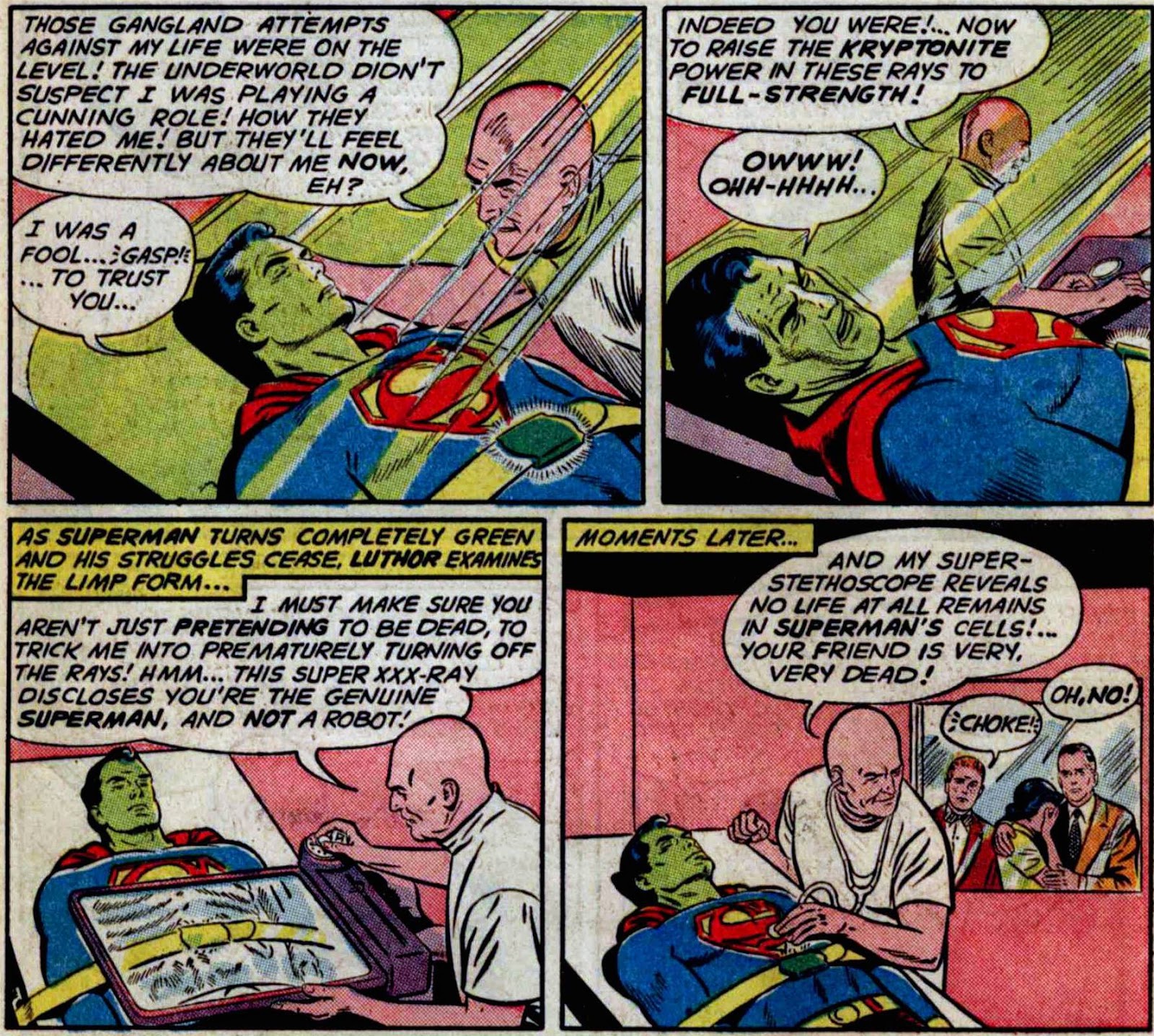







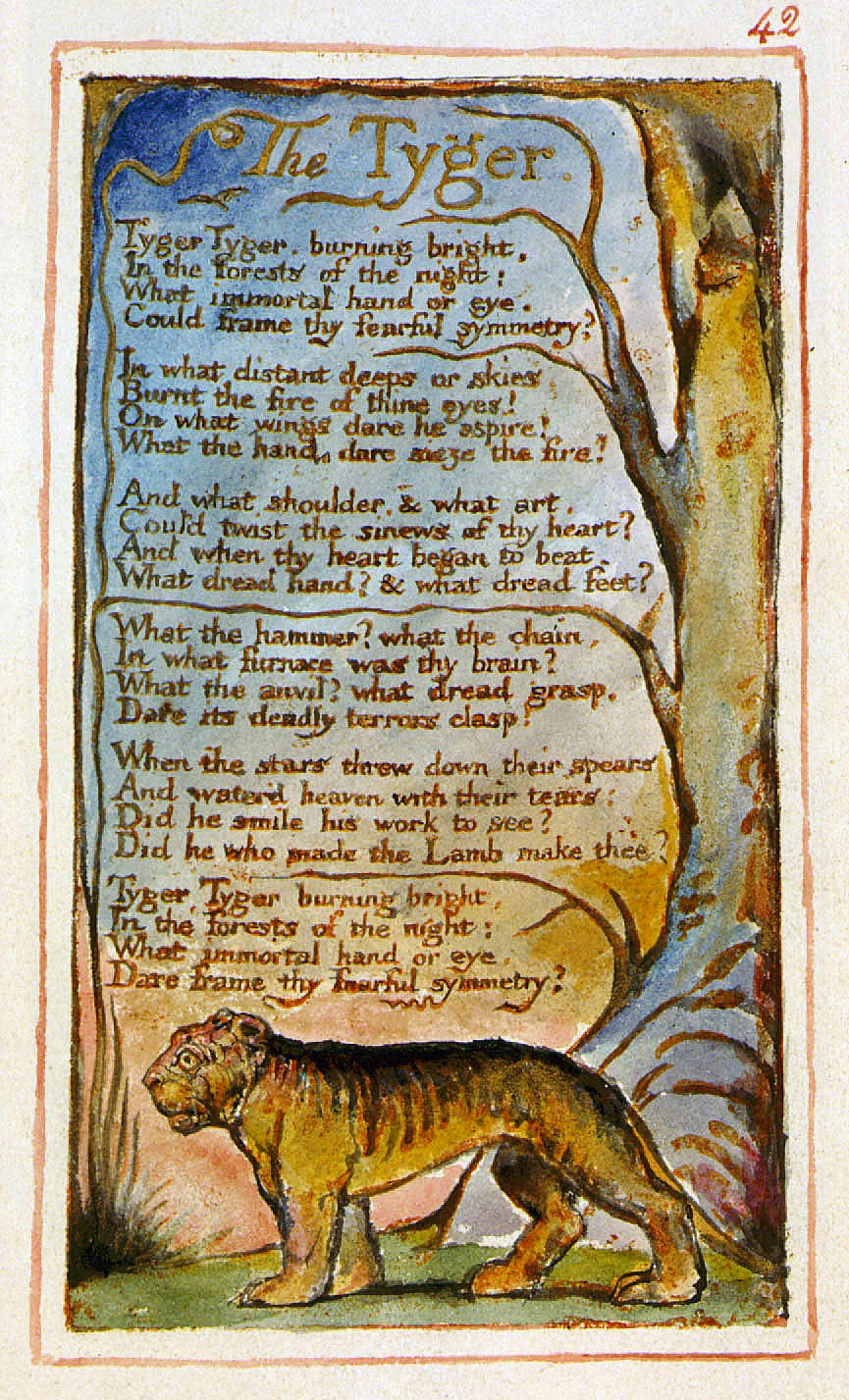





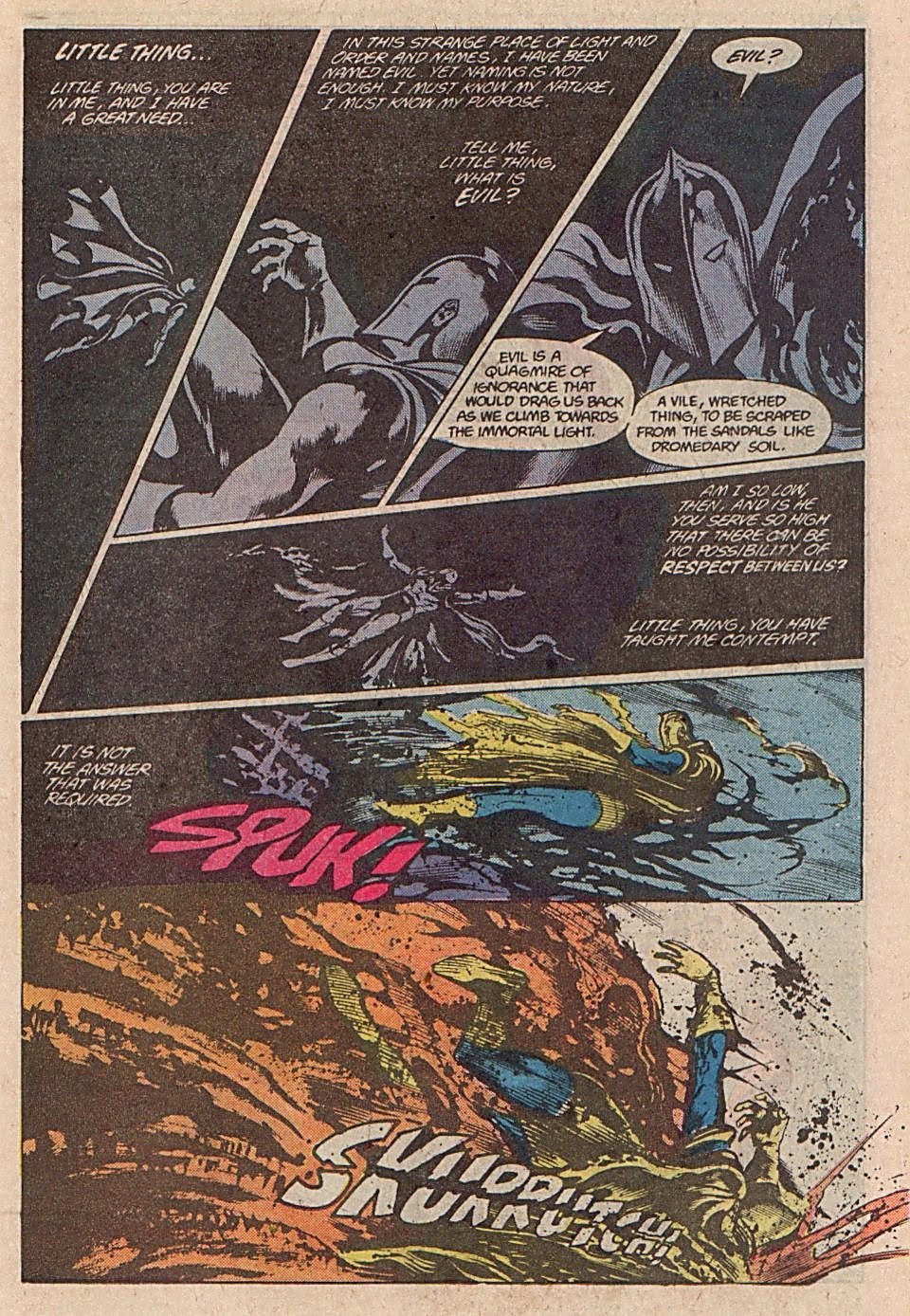
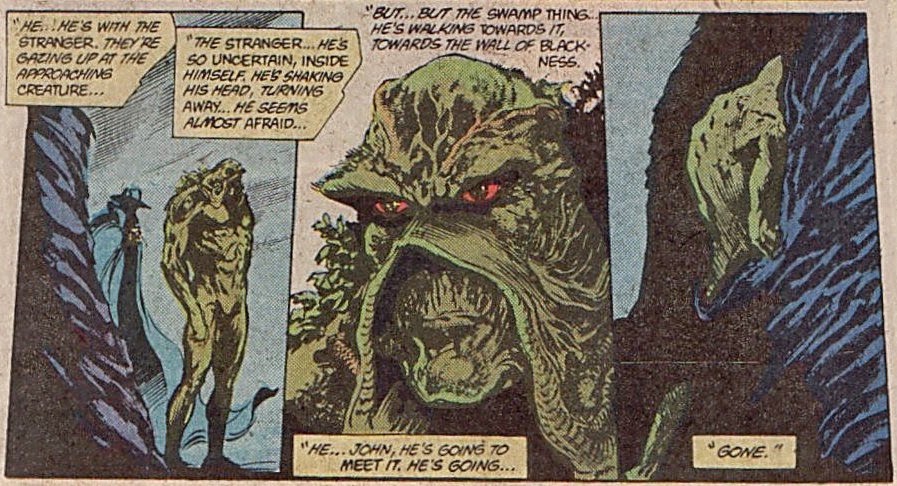











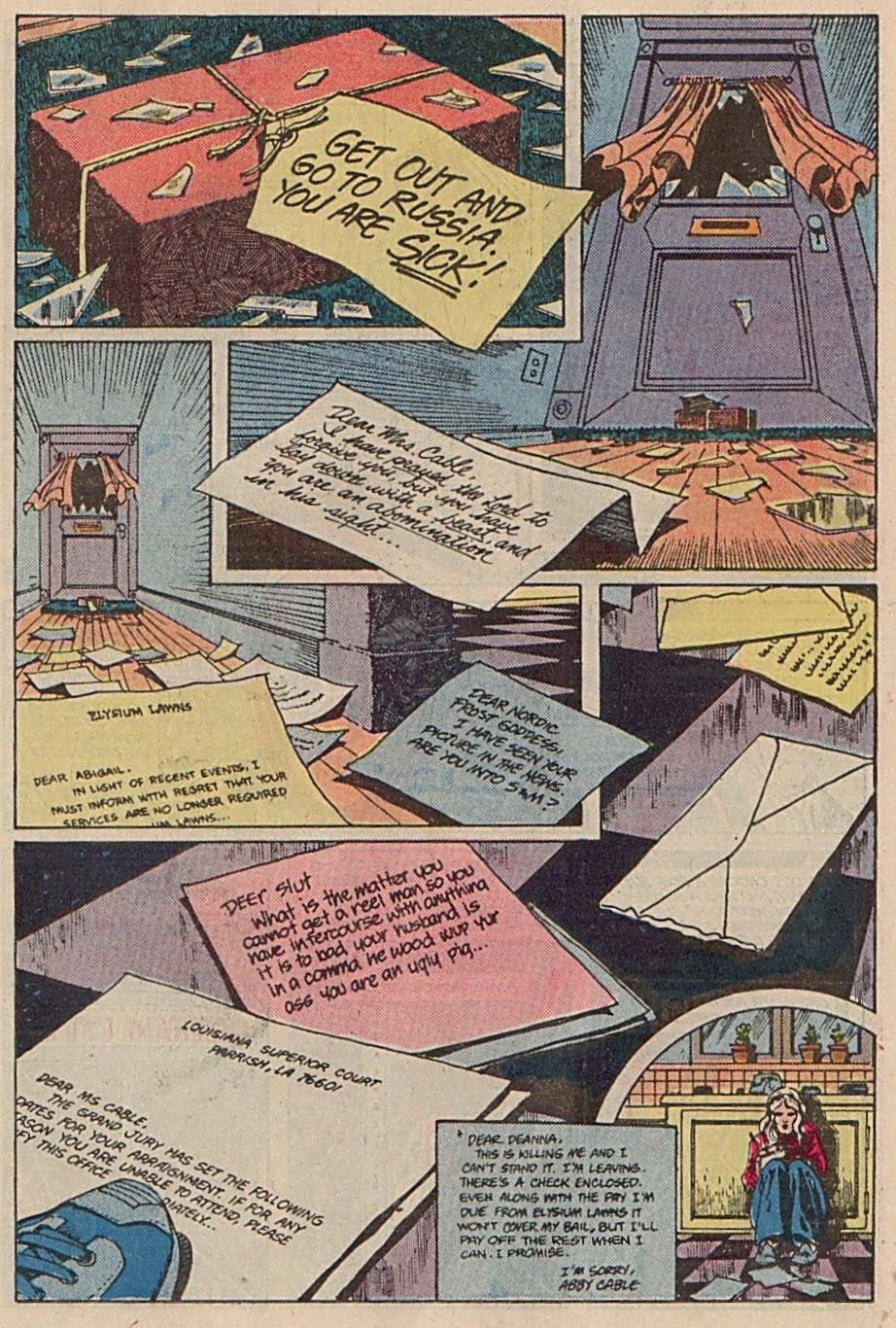







.jpg)






